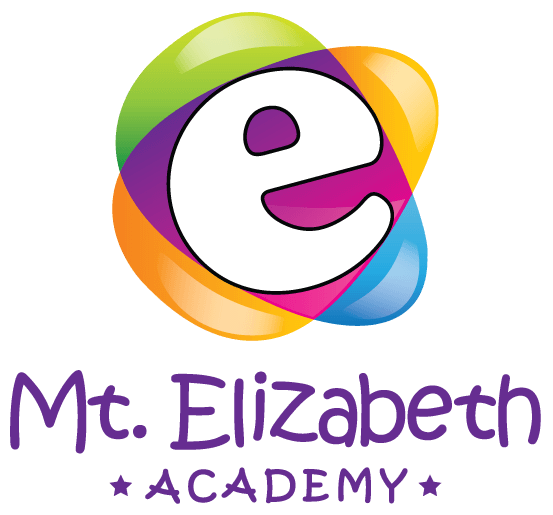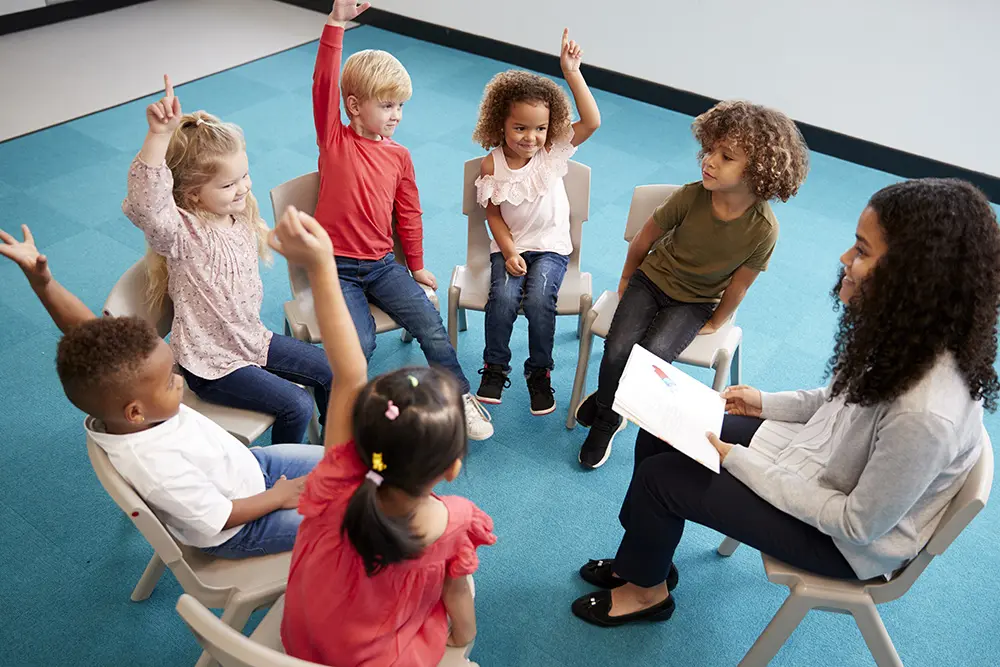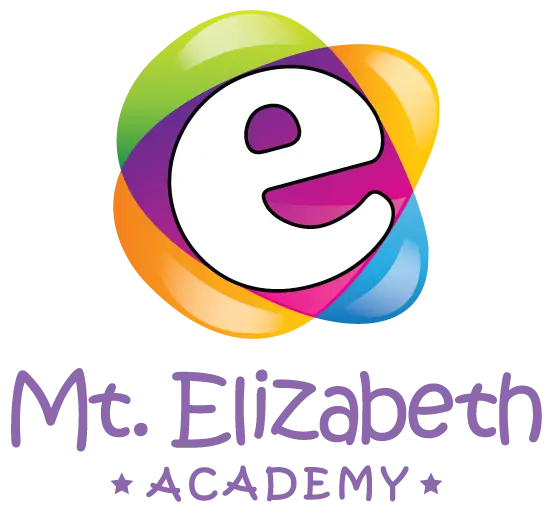Nursery rhymes are common in childhood at home and also in preschool and daycare settings. Whether they are spoken, chanted, sung or read, children love the rhyme and repetition that nursery rhymes bring. There are educational benefits to rhymes as they provide children with an opportunity to have fun and feel close to you and they provide an opportunity for language to be used in a way where it is easy to relate to young children. Rhyme and repetition can also help children to predict what might be coming next. This can help children to remember a rhyme as well as highlight individual sounds. By highlighting individual sounds children begin to lay the foundations of learning to read.
Babies and rhyming
Research on language development has shown how important rhythm is in speech. When a baby first hears words, they are simply sounds that have no meaning. For a child to understand words, the sounds need to be broken down into meaningful parts or words. Research has suggested that babies are born with the specific toolkit which makes them sensitive to rhyme. For instance, a child who is under a year old is able to pick up on cues i.e. when a syllable is stressed, they can become aware that this is the start of a new word. The reason why this is extremely effective is that over 90% of English words that have two syllables begin with a stressed syllable. Therefore, when a child hears rhythmic cues, like those heard in nursery rhymes, language development is supported and enhanced.
Research also now suggests the importance of an environment enriched with language. For example, what we know as ‘baby talk’ may in fact support a child’s development more than you may think. Baby talk, otherwise known as infant-directed speech usually contains fewer words, a change in rhythm and pitch and repetition. Not only does infant-directed speech help with language and vocabulary development, but babies also prefer it.
Rhyme and repetition in the early years
We love to share books with our children and children take pleasure from listening to us read rhyming texts to them. Children tend to repetitively reach out for books that have rhyme in them, so it’s clear to see the pleasure that they gain from rhyme and rhythm. Repetition can help to make a book more memorable and when children experience books with rhyme, they become aware of rhyme. Research has also highlighted that if a child has good rhyme awareness in the early years, it can help to predict how easily they will learn to read.
The Value of Rhyme and Repetition
- Rhyme can help children to experience rhythm in language. When children sing nursery rhymes, they learn how to speak using animation in their voice. Eventually, this will help them to read with expression.
- Rhyme and rhythm teach a child how language works and help a child to spot and work with the sounds that are in words.
- When children hear a rhyme or a rhyming book, they can soon start to guess the rhyming word. This will help them when it comes to making predictions when they begin to learn to read and this is an essential skill in reading.







